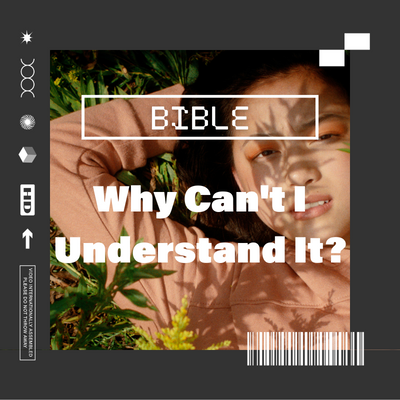
As a large, complex, and ancient text, the Bible can seem very foreign and difficult to understand. It is helpful to look at the construction, authorship, and overarching story to begin comprehending God’s Word and His plan for humanity. And like all areas of study, daily practice and wise teachers are key.
Although the Bible is really a small library of books written by numerous authors over a span of 1500 years, it presents a single, unified story with one consistent storyline! One main plotline weaves all the different books, characters, and literary genres into a single compelling message, from the opening line of Genesis (“In the beginning”) to the final words of Revelation (“Come, Lord Jesus.”)
In its construction, the Bible is comprised of narrative (502 chapters, or 43% of the content), poetry (387 chapters, or 33% of the text), and letters, legal texts, prophetic and wisdom writings (the remaining 24%). Taken together, these writings tell an epic story about how God is working through a people (Israel) to bring order and beauty out of the chaos of our world. And they build hope and expectation for the coming of a divine deliverer who annihilates sin and death and ultimately renews all of creation. Whether in the Old Testament or the New, all roads in the Bible’s story lead us to Jesus.
This story is not just a good read; it provides us with a distinct way of seeing the world. It helps us make sense of things and even invites us to “step into the story,” becoming a part of God’s great plan for the people and the world he has created.
Still, even with this high-level understanding, it takes daily practice and study with wise mentors and guides to understand the Bible and what it reveals to each of us. Reading the Bible is a primary way God (inaudibly) speaks to our hearts and guides us in our daily living.
As JP and Julia discuss in the Bible episode, “The first time I tried to longboard, I could not do it. I sucked so bad, and, you know, I kind of practiced, but nothing serious. It wasn’t until I met a group of friends who skated, and I told myself, no, I’m gonna learn how to do this…For me, understanding the Bible was the same way. When I started reading it and talking about it, this thing that seemed awkward and unfamiliar began to feel more natural.”
Psalms 119:18-20 Open my eyes, so that I may see the wonderful truths in your law. I am here on earth for just a little while; do not hide your commands from me. My heart aches with longing; I want to know your judgments at all times.
Video Segment: (03:03 – 03:16) Context, context, context. Sometimes, people hear a verse in the Bible, but they don’t know who the intended audience was, whether or not the author wanted it taken literally or not, or how it is part of a larger picture.
“I study my Bible as I gather apples. I search the Bible as a whole, like shaking the whole tree. Then I shake every limb—study book after book. Then, I shake every branch, giving attention to the chapters when they do not break the sense. Then I shake every twig, or a careful study of the paragraphs and sentences and words and their meanings.” – Martin Luther (1483-1546)
The Bible Project: Intro to the Bible